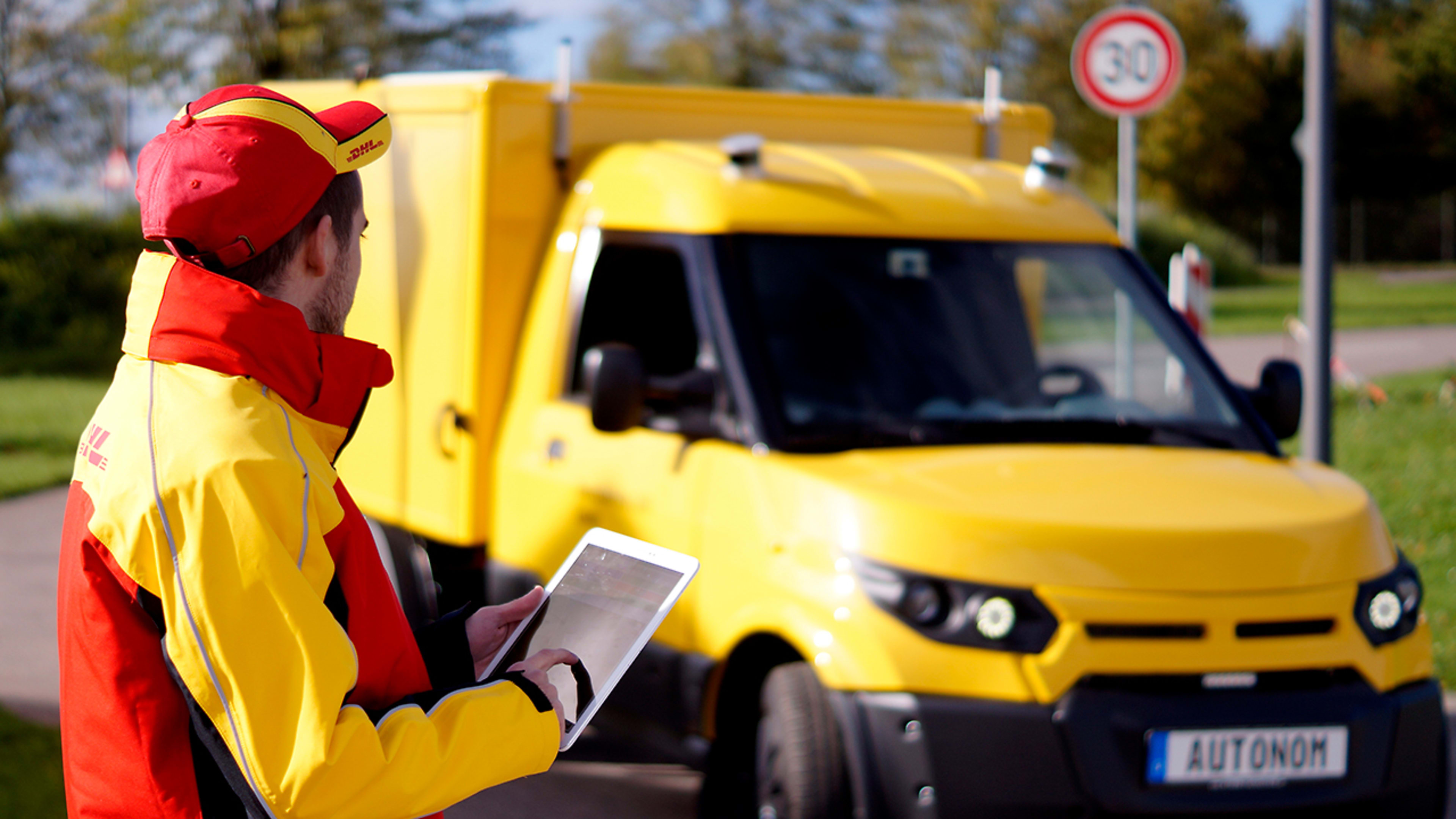Autonomy is a continuum, from cars that take over some driver duties–like staying in a lane–to ones that take over completely. The highest autonomy, called Level 5, disposes of the steering wheel and pedals, making space for an office, hotel room, or living room on wheels, promises graphics and AI chipmaker Nvidia. The company just introduced a new computer, called Drive PX Pegasus, that it says will be powerful enough to replace human drivers when it comes out in about a year.
A lot of that capability comes down to speed. The new motherboard, about the size of a license plate, can perform 320 trillion operations per second (10 times what Nvidia’s current Drive PX 2 board can) in order to process scads of sensor data. Pegasus has 16 inputs for devices like camera, radar, ultrasonic, and lidar (laser scanner) sensors; and data can flow through the system at up to one terabyte per second.
Nvidia says that about 25 of the companies it collaborates with are working on driverless taxis. It didn’t name any of the companies, though, or estimate when autonomous cabs would hit the road. “It might not be the case that right away you have a Level 5 robo taxi that drives everywhere,” says Danny Shapiro, Nvidia’s senior director of automotive. “Initially it might be on private property…it might be on special roads…they might just be at airports or amusement parks or college campuses or corporate campuses, or defined routes.”
Separately, Nvidia announced a deal with Germany’s Deutsche Post DHL Group, billed as the “world’s largest mail and logistics company,” to build a fleet of robo delivery vehicles that will hit German roads in 2019. Deutsche Post will be adding autonomous capabilities based on Nvidia’s tech to some number of its 3,400 StreetScooter electric delivery vehicles. Deutsche Post debuted a prototype in Munich today equipped with six cameras, one radar, and two lidar sensors.
Recognize your brand’s excellence by applying to this year’s Brands That Matter Awards before the early-rate deadline, May 3.
